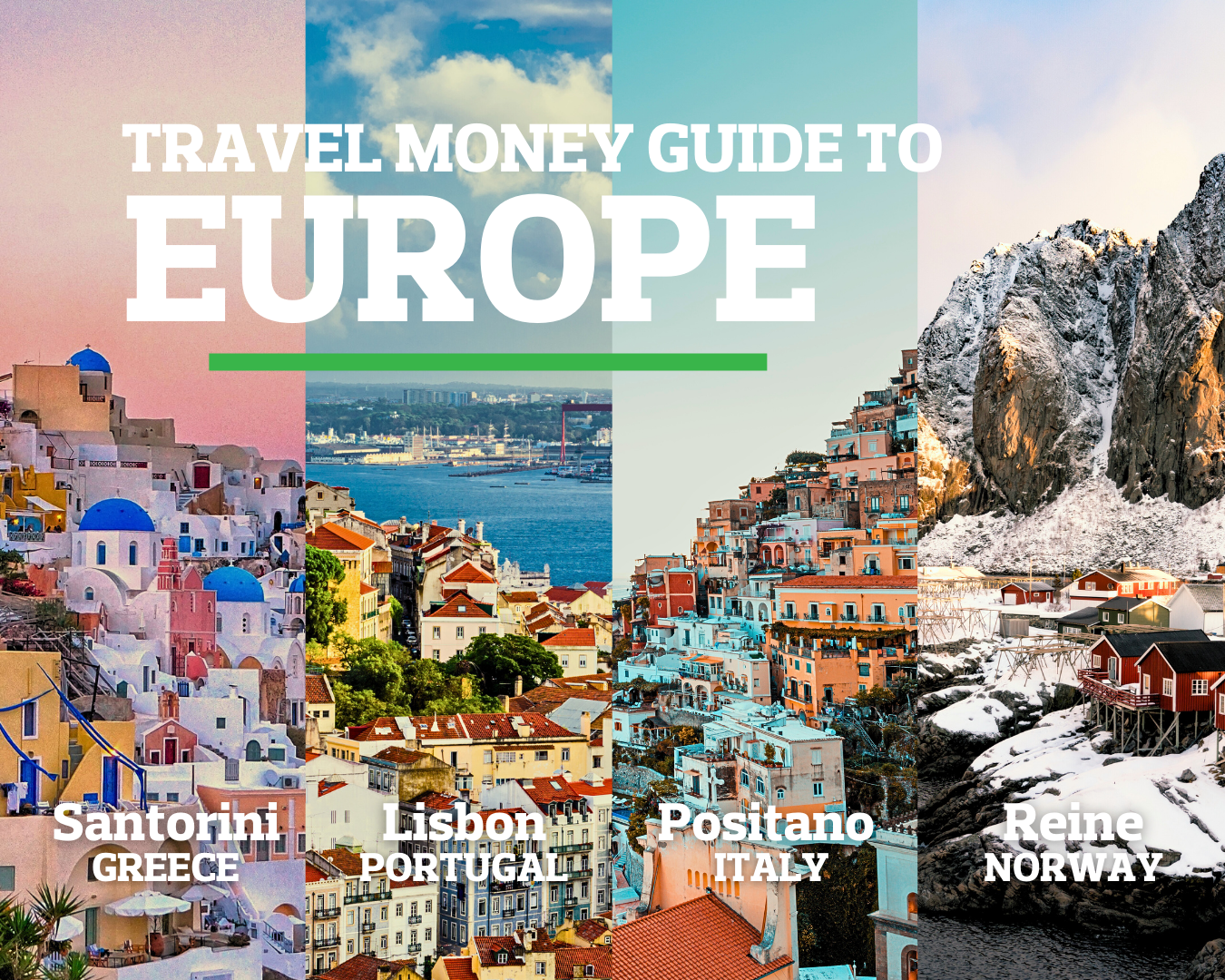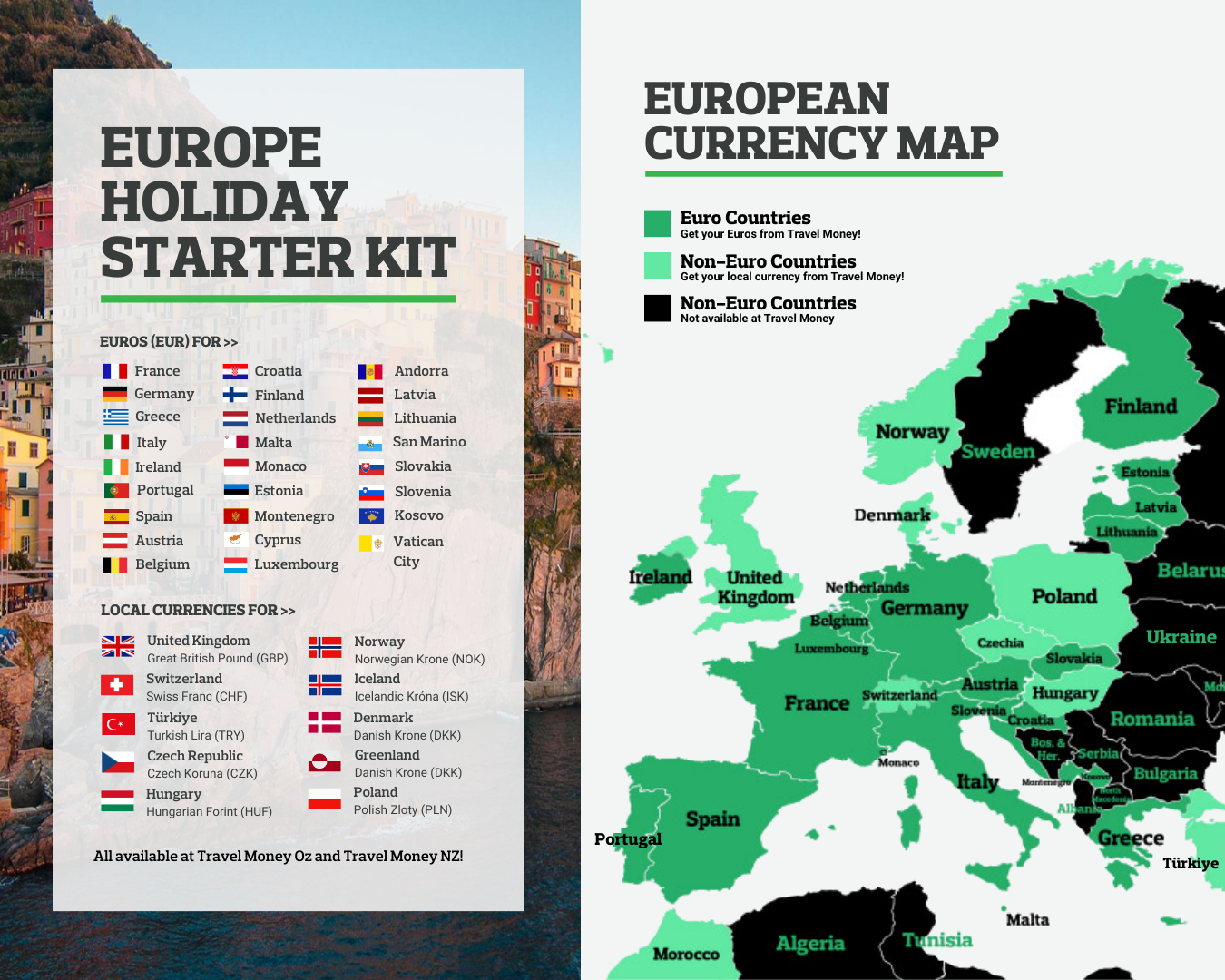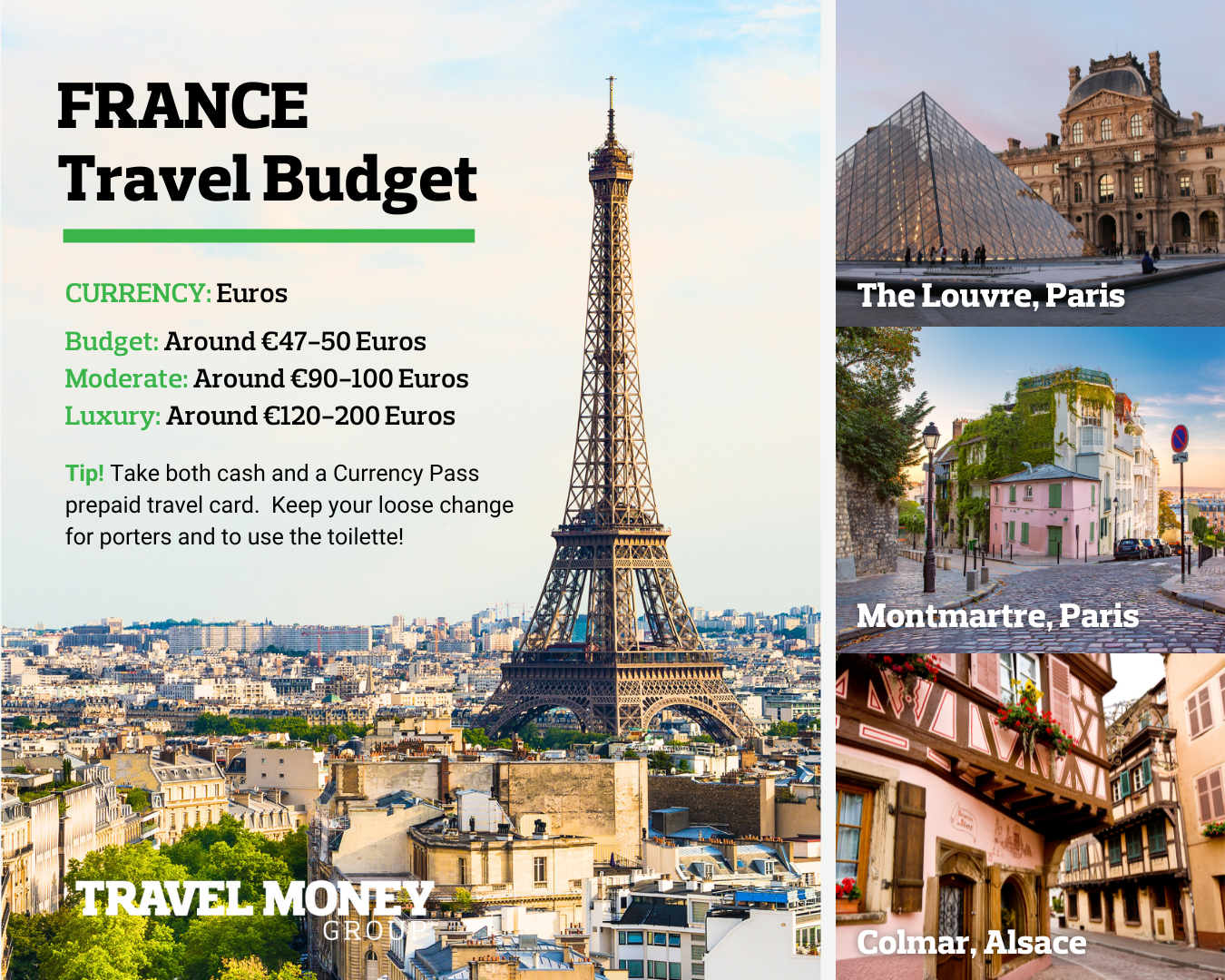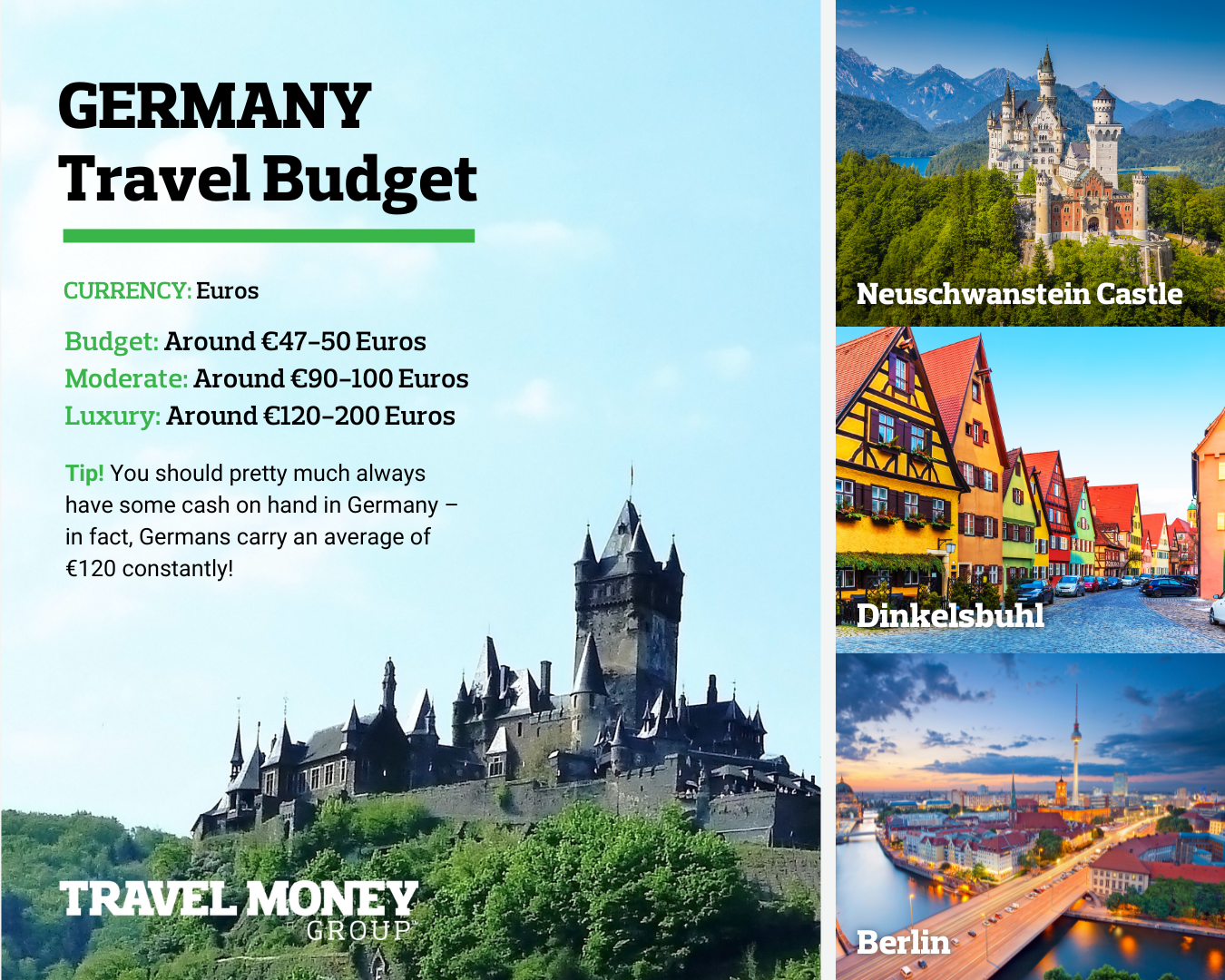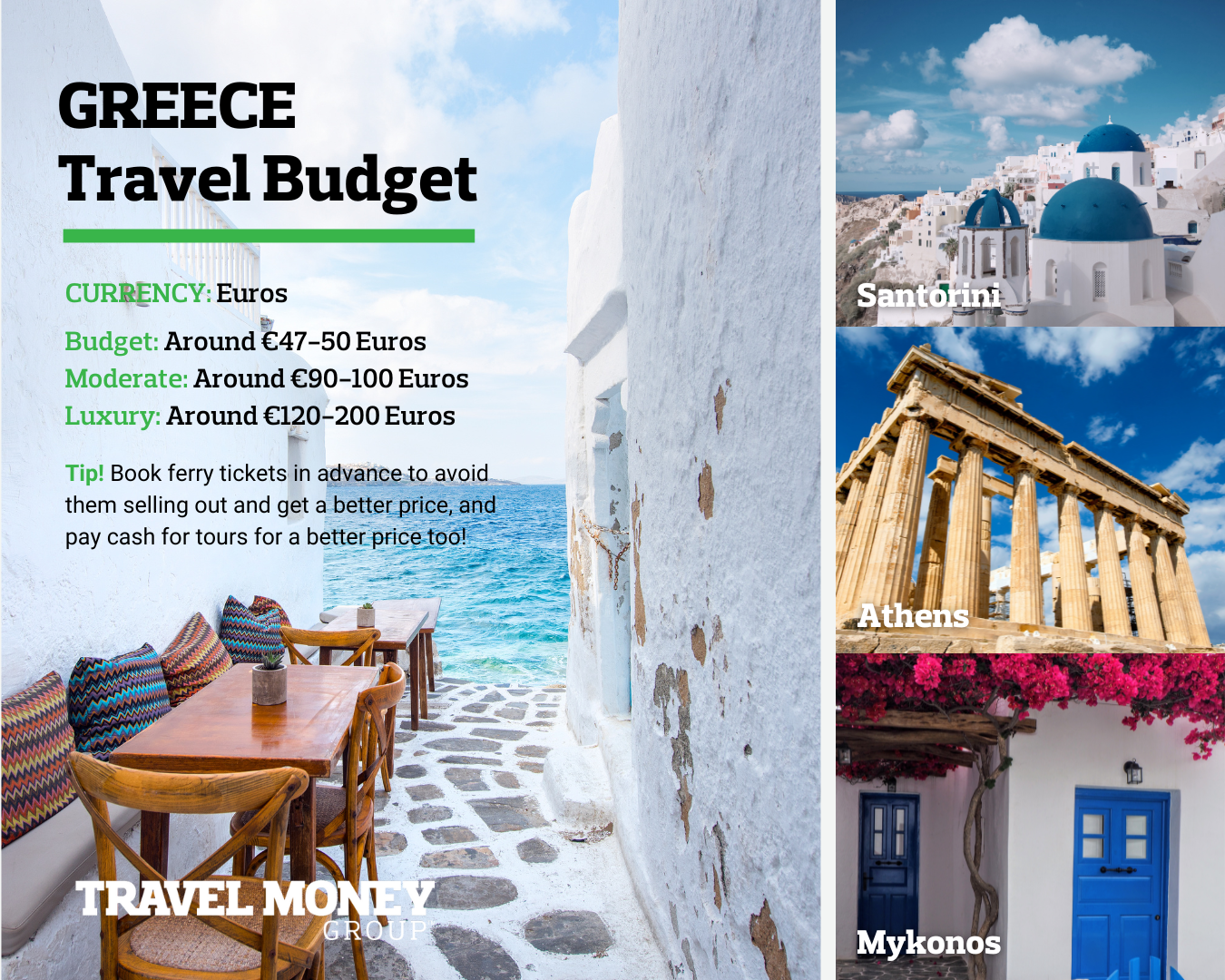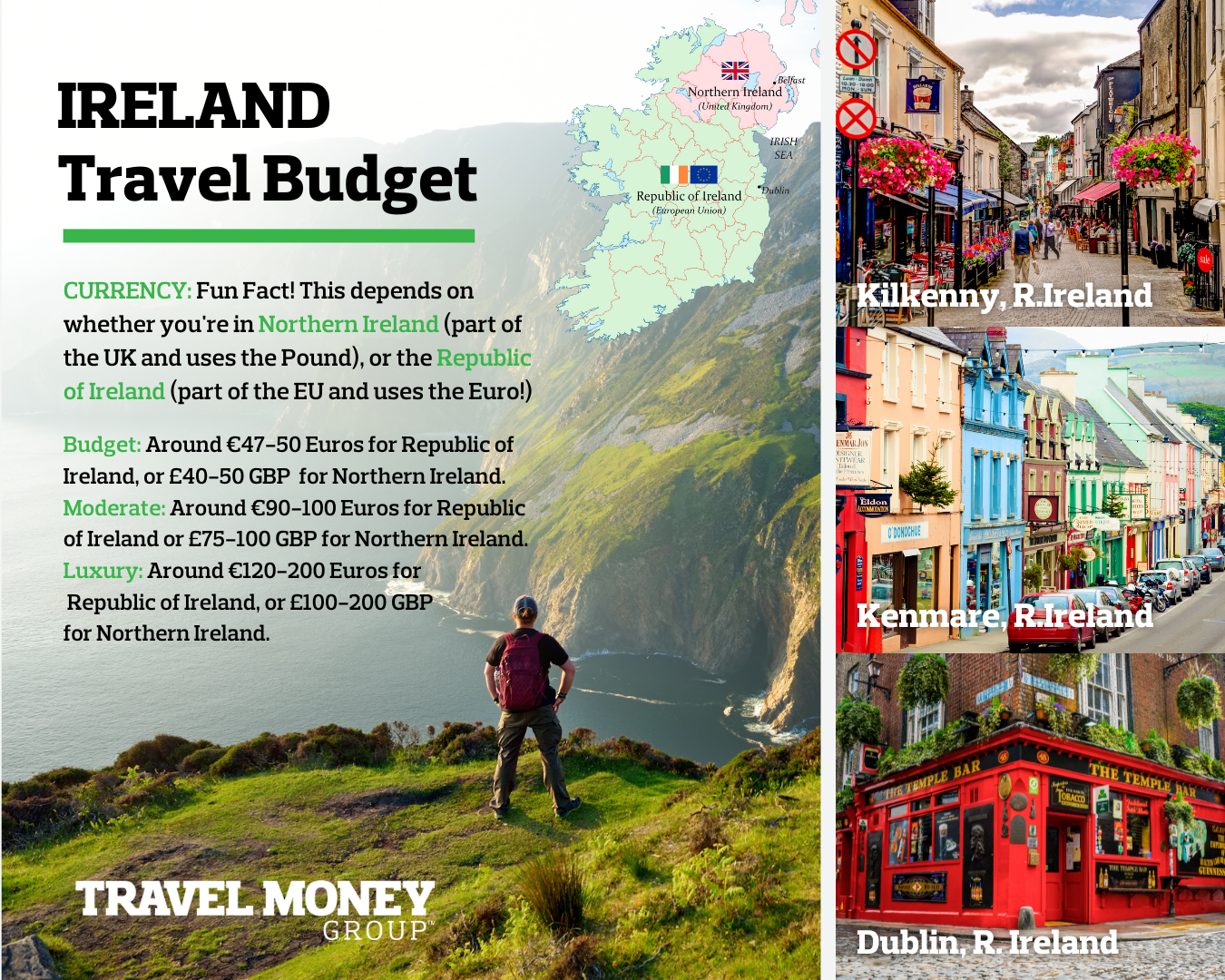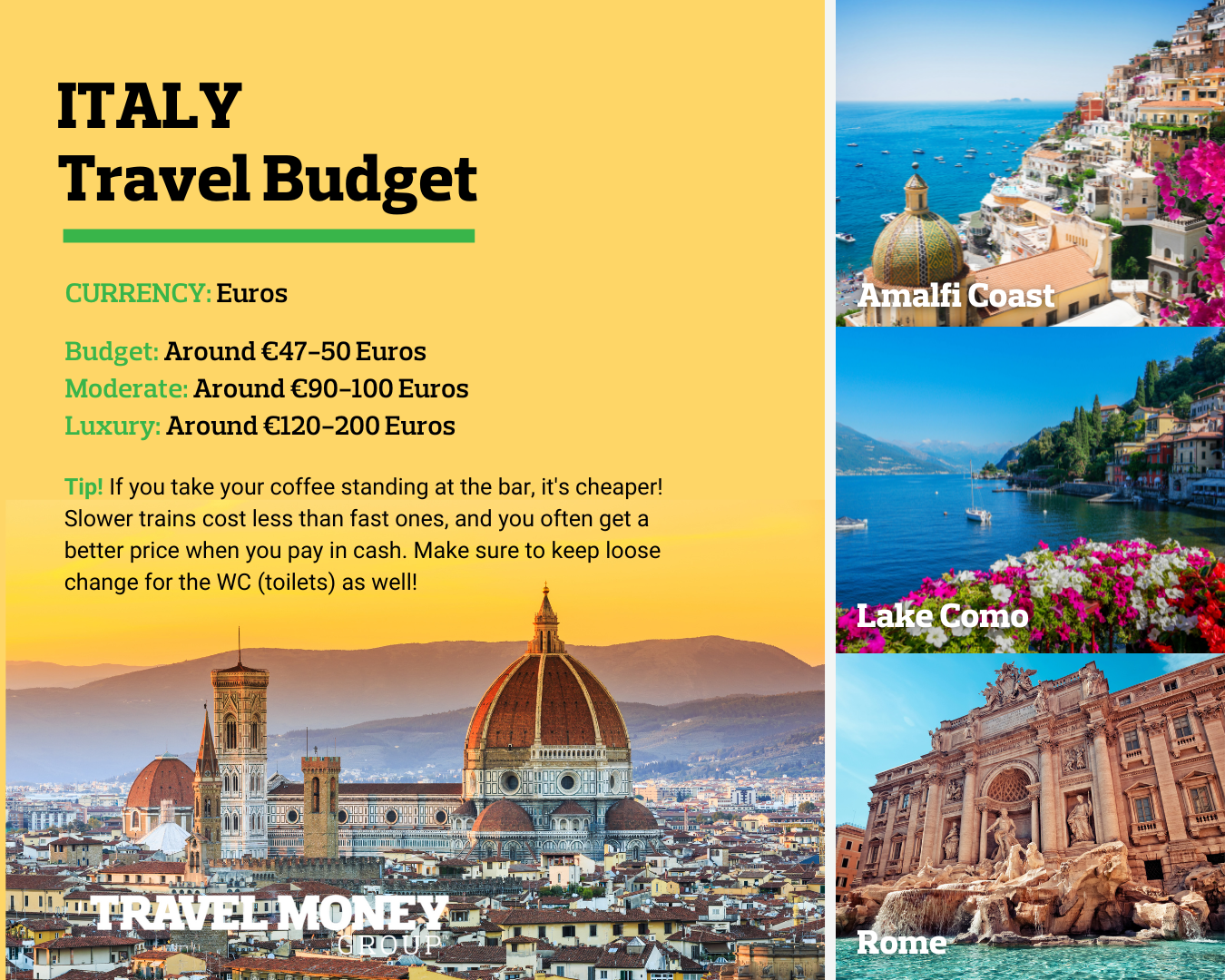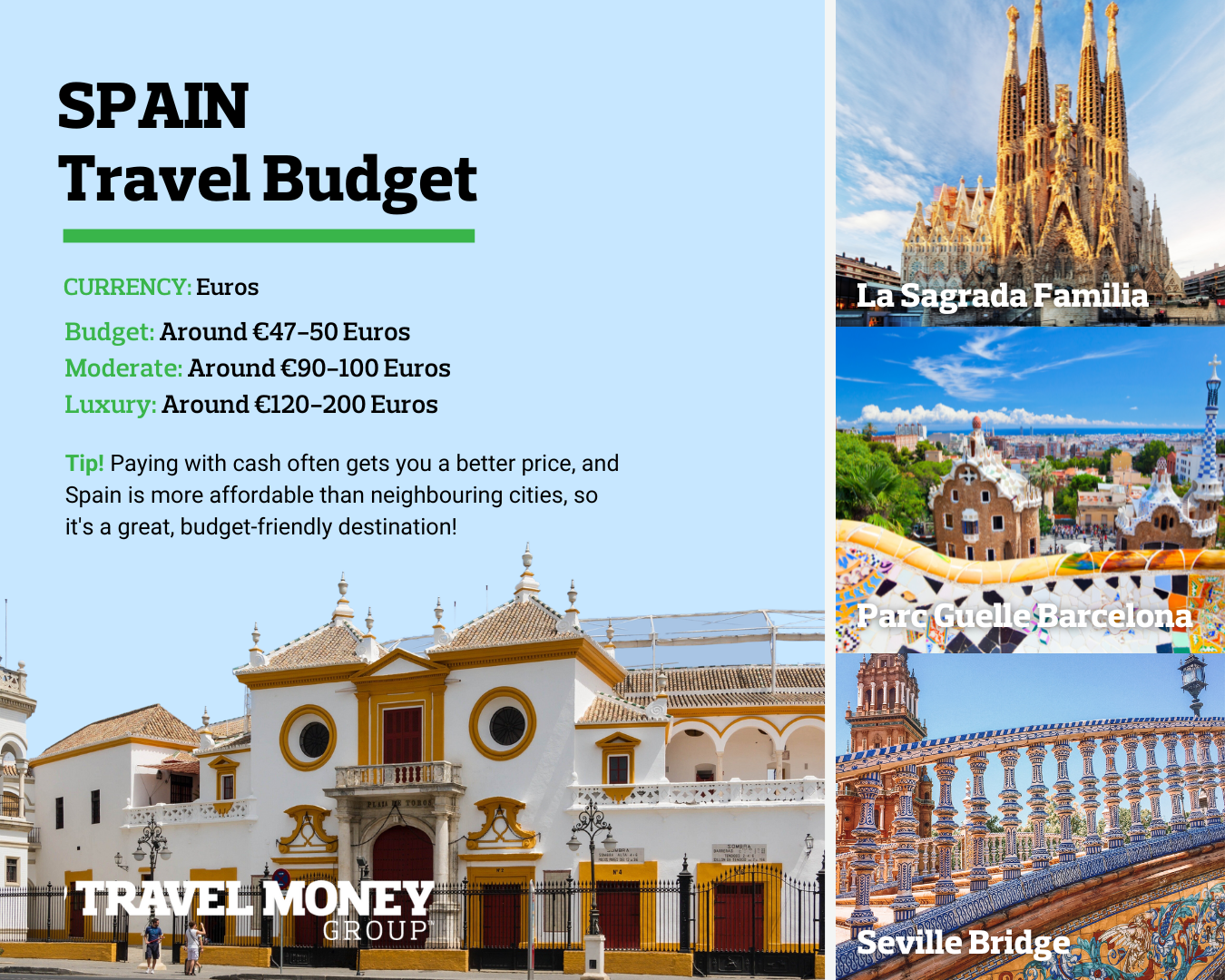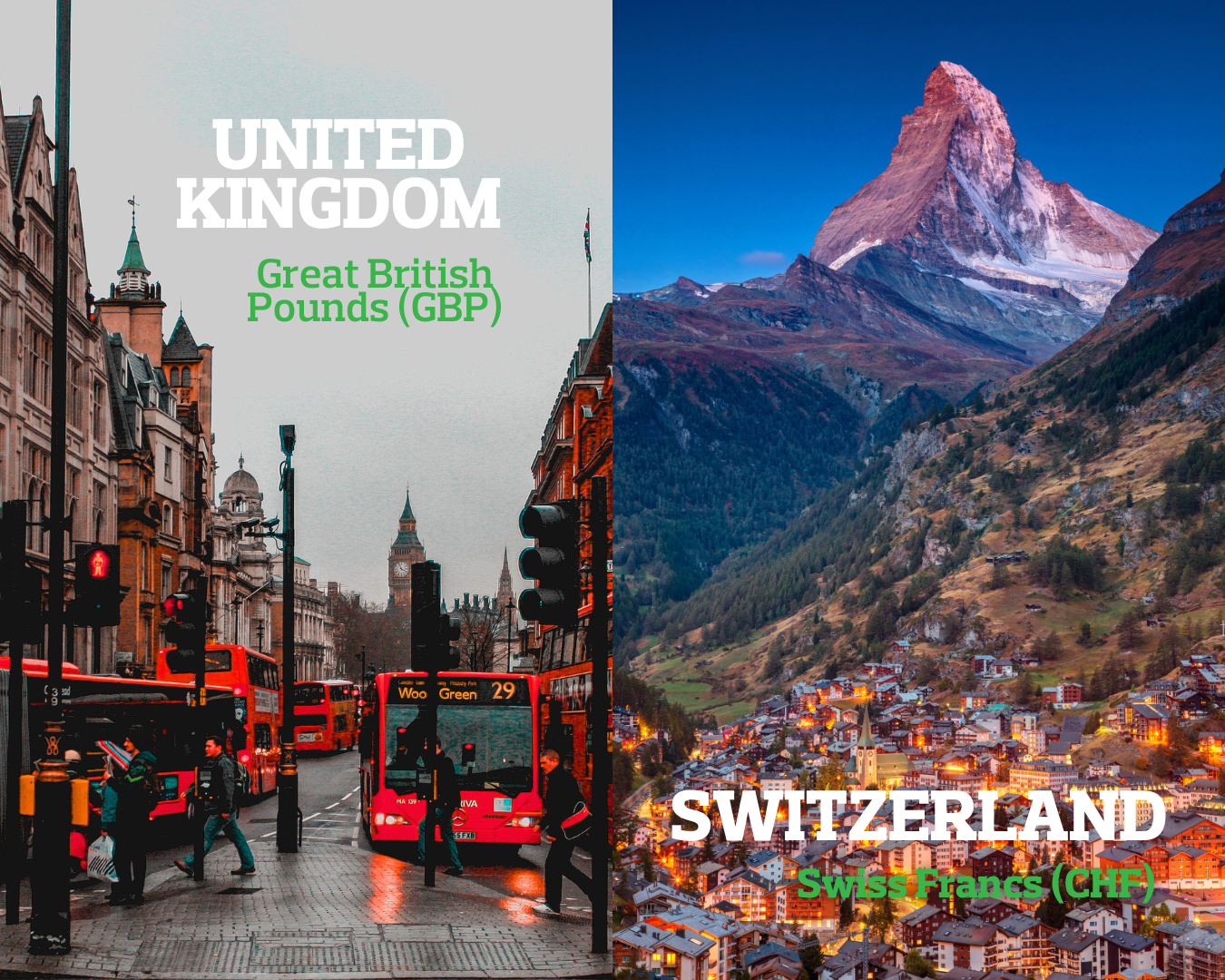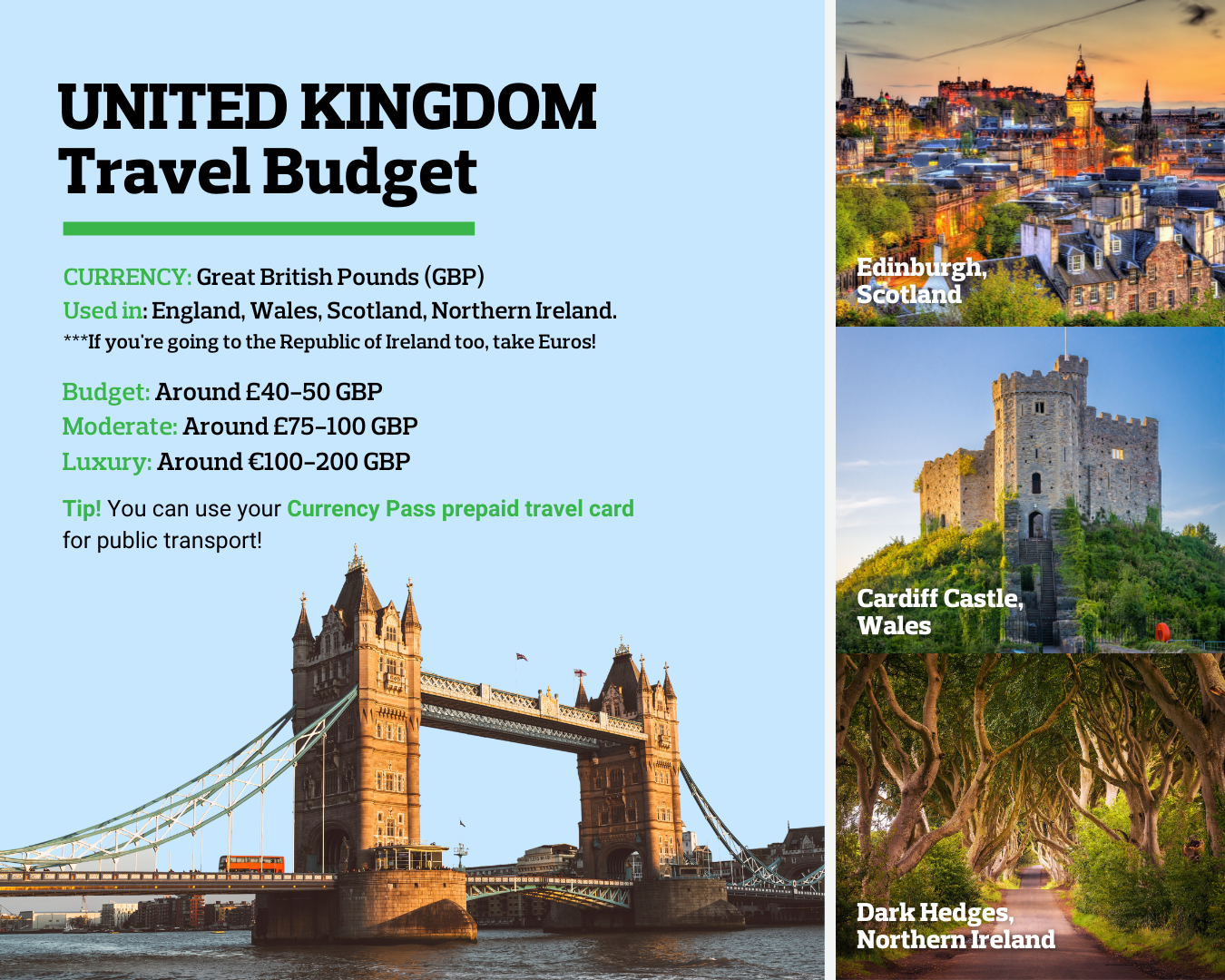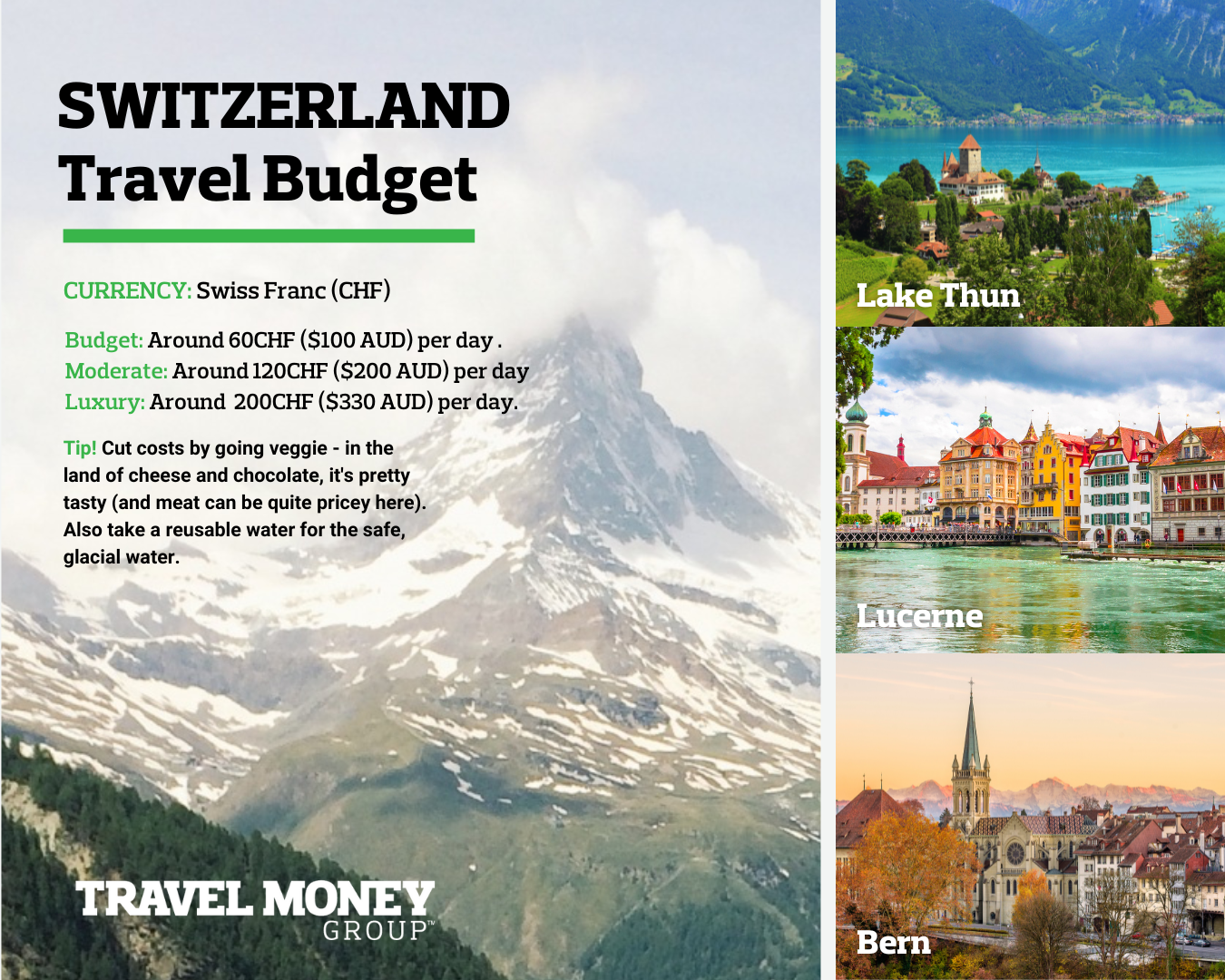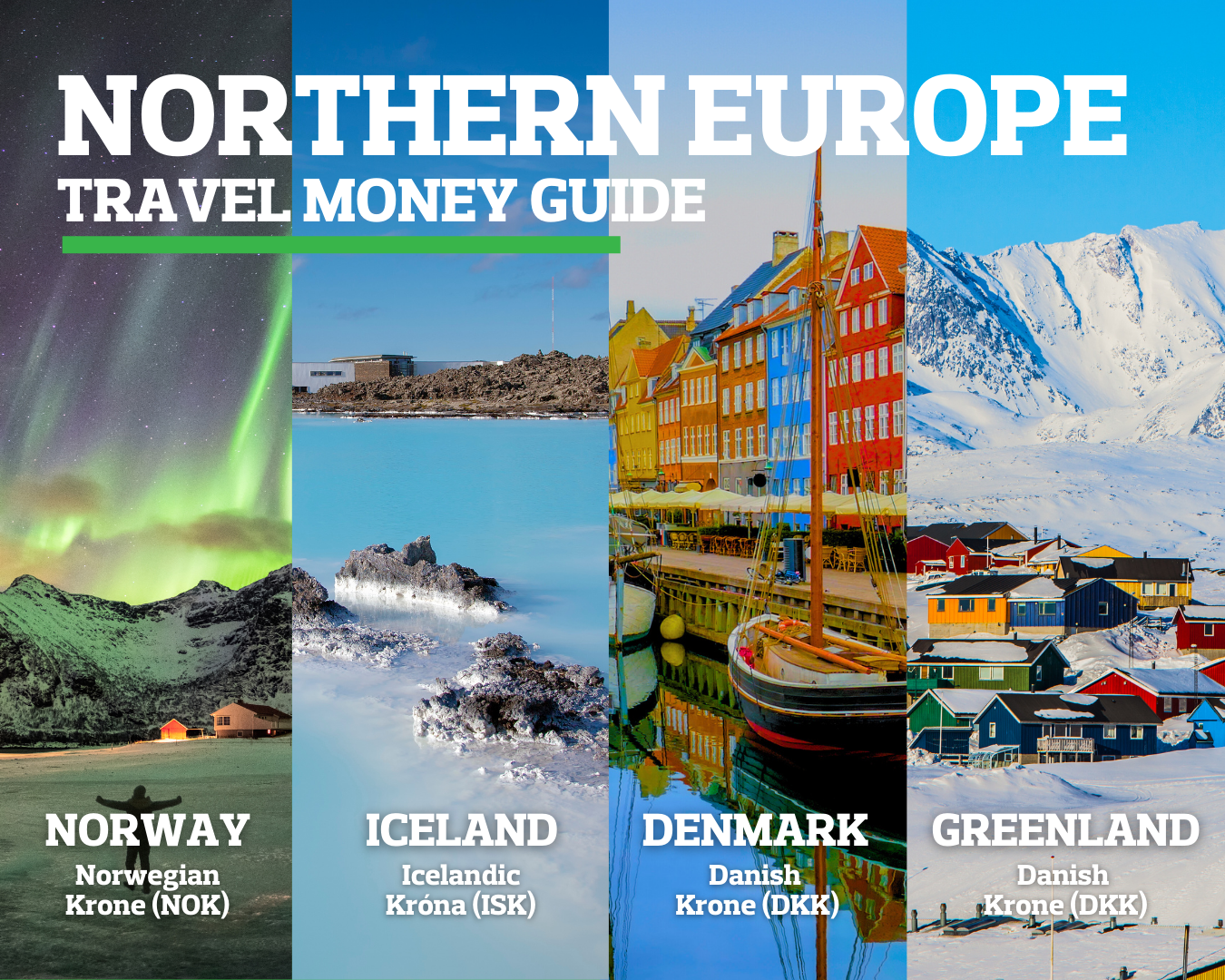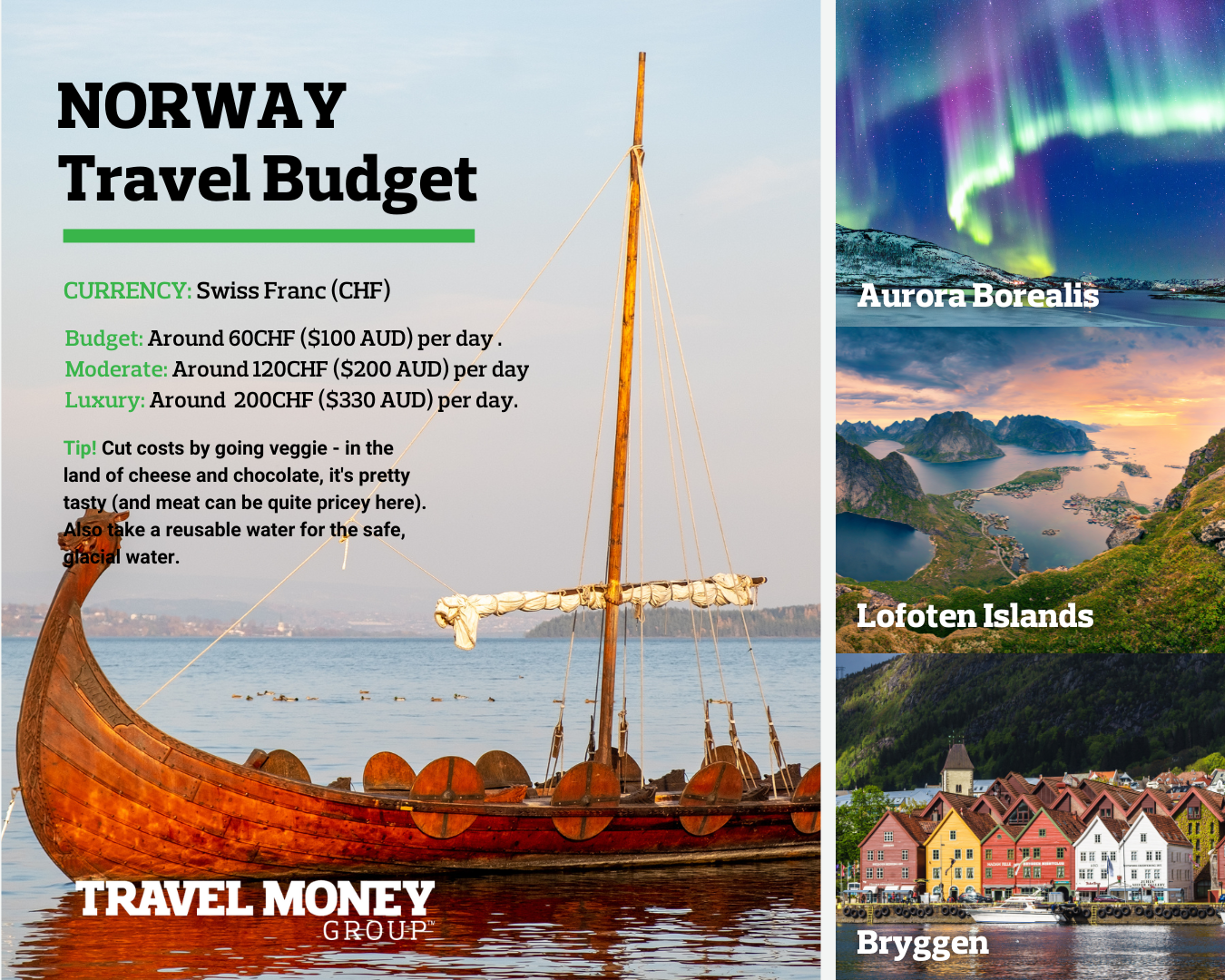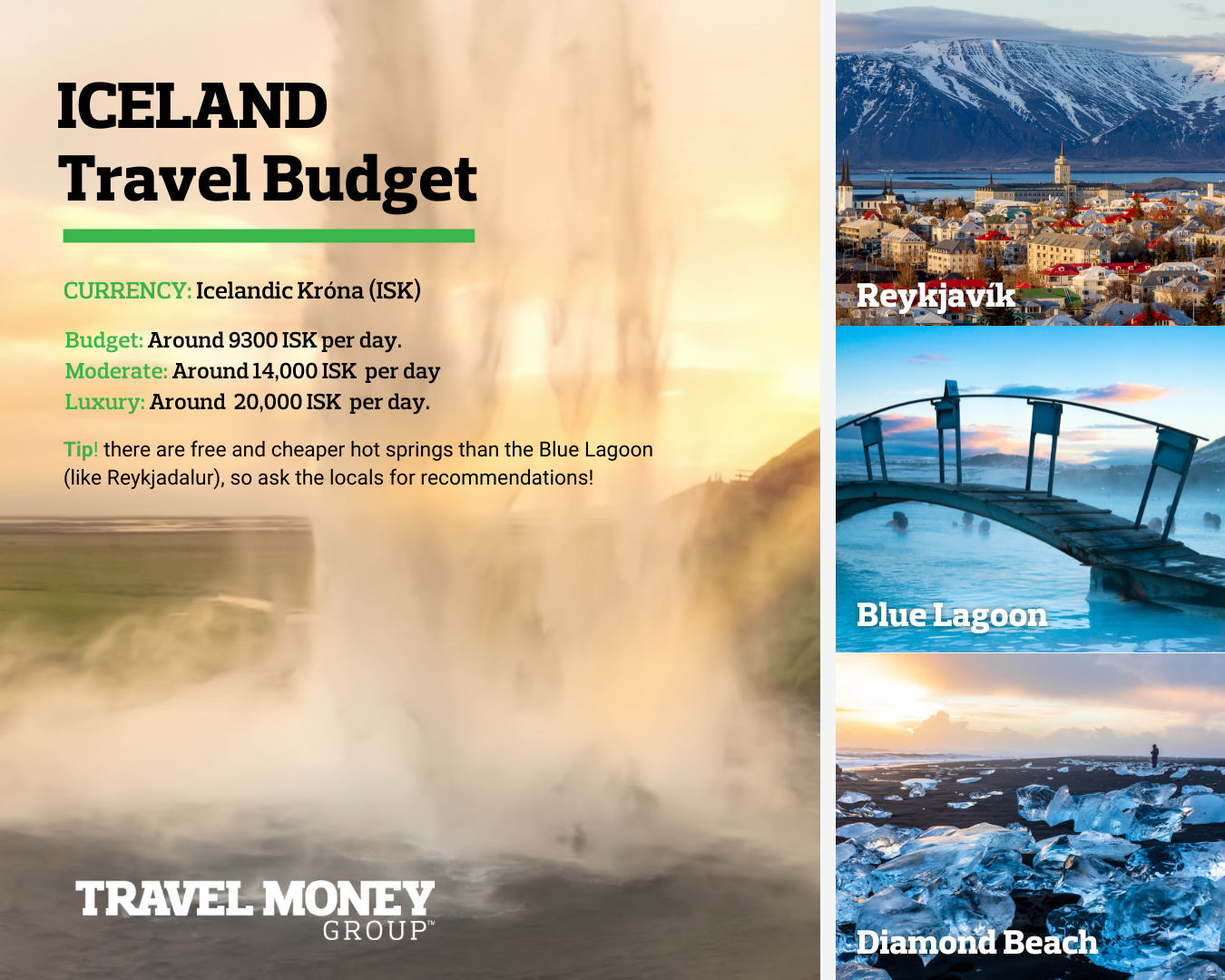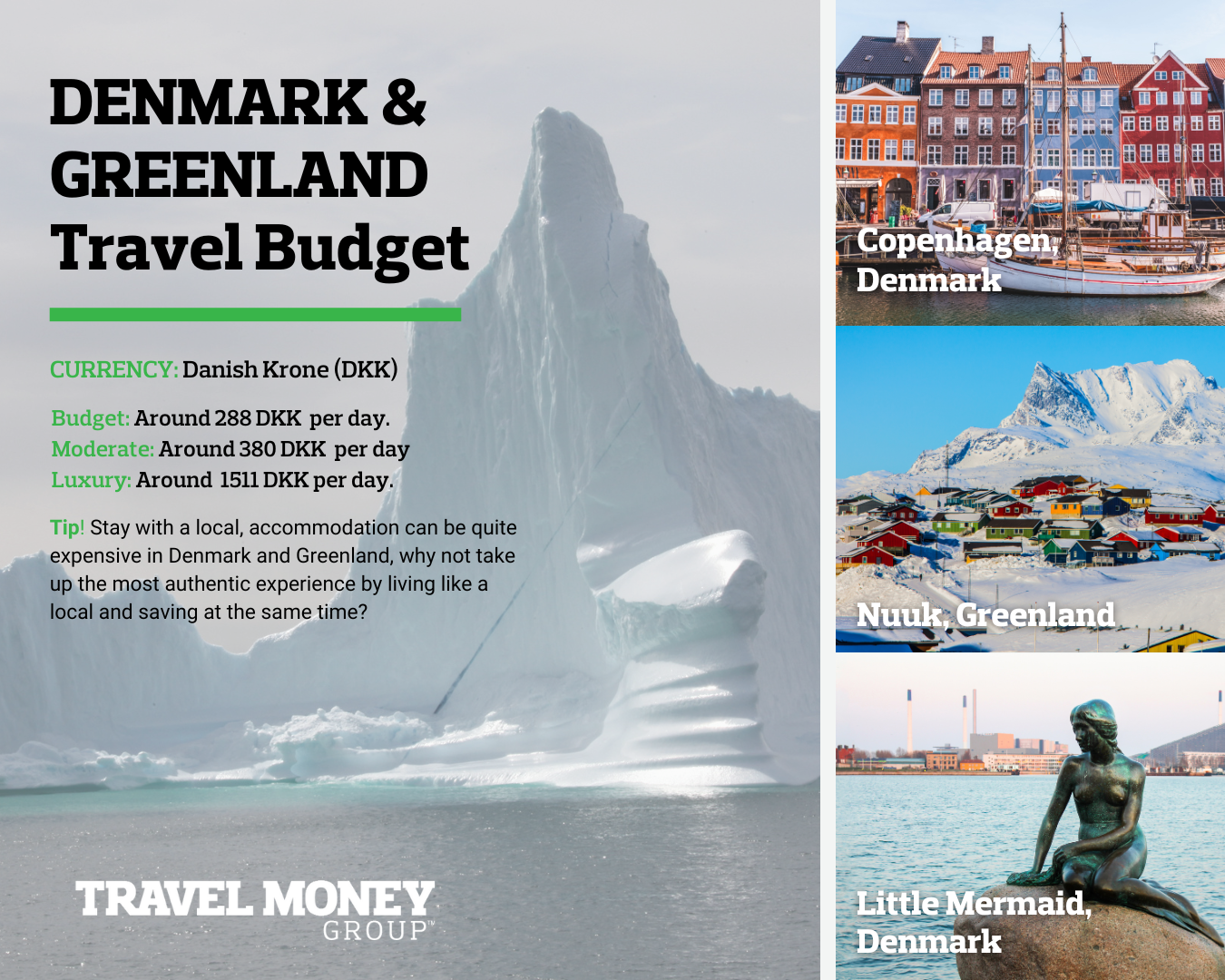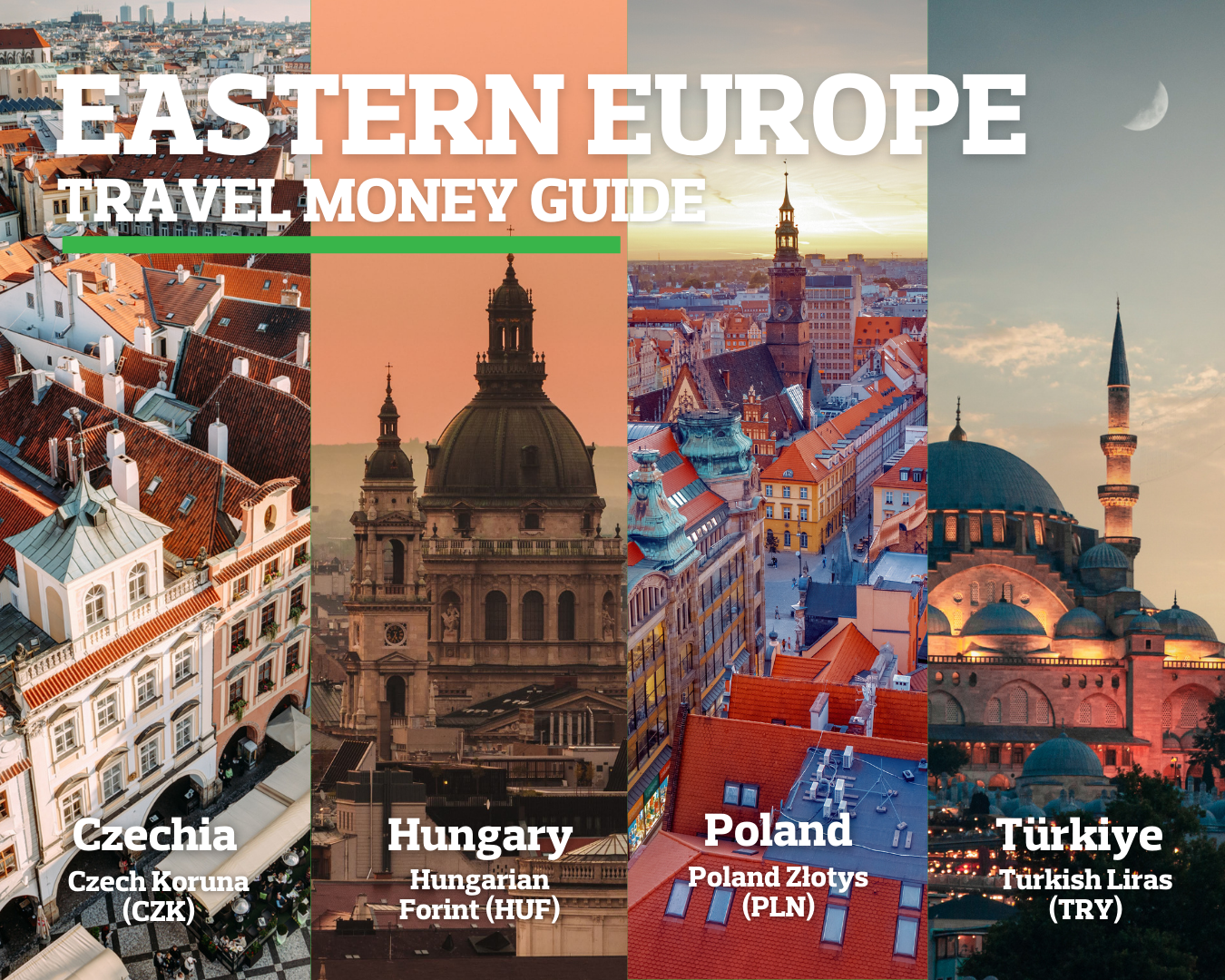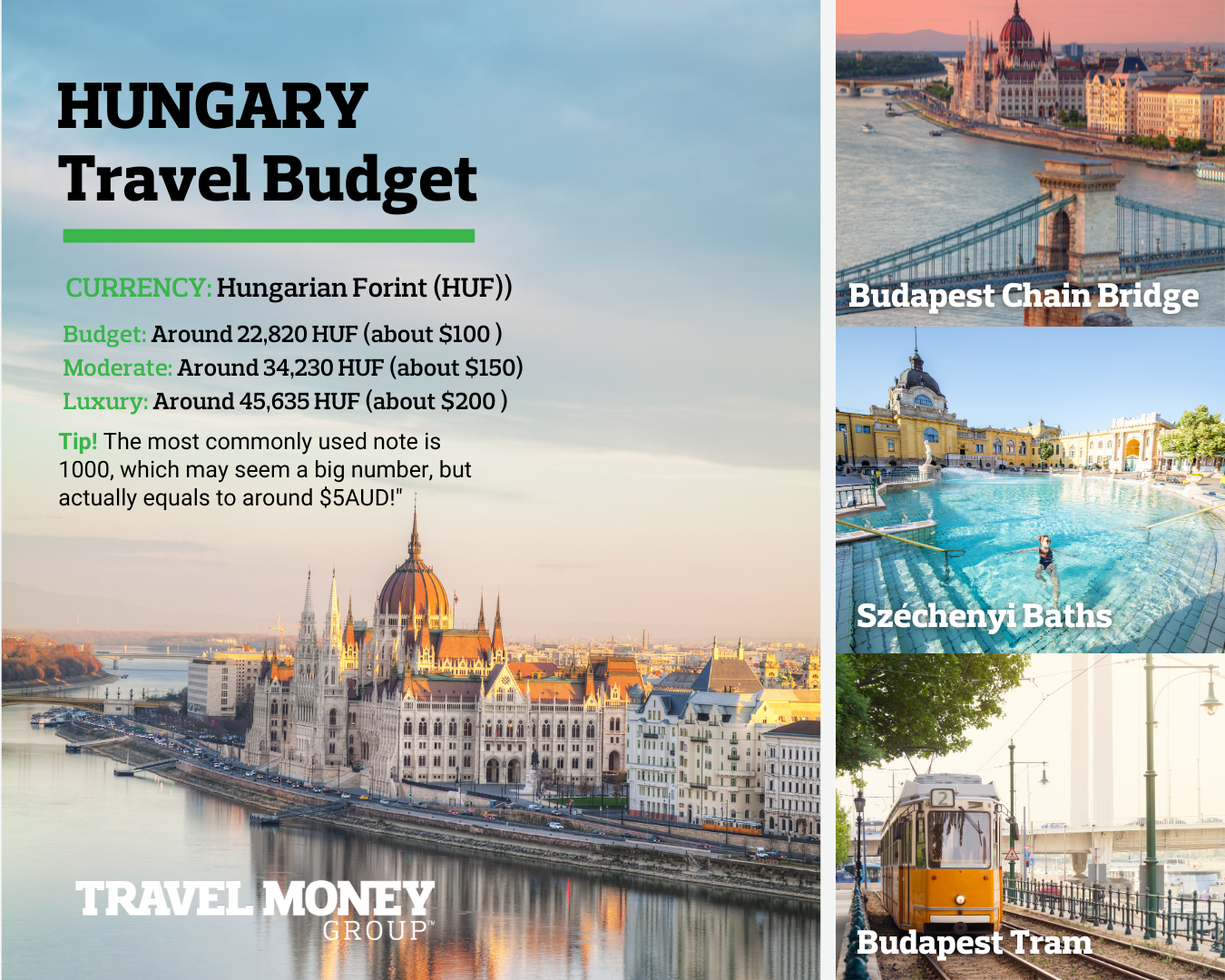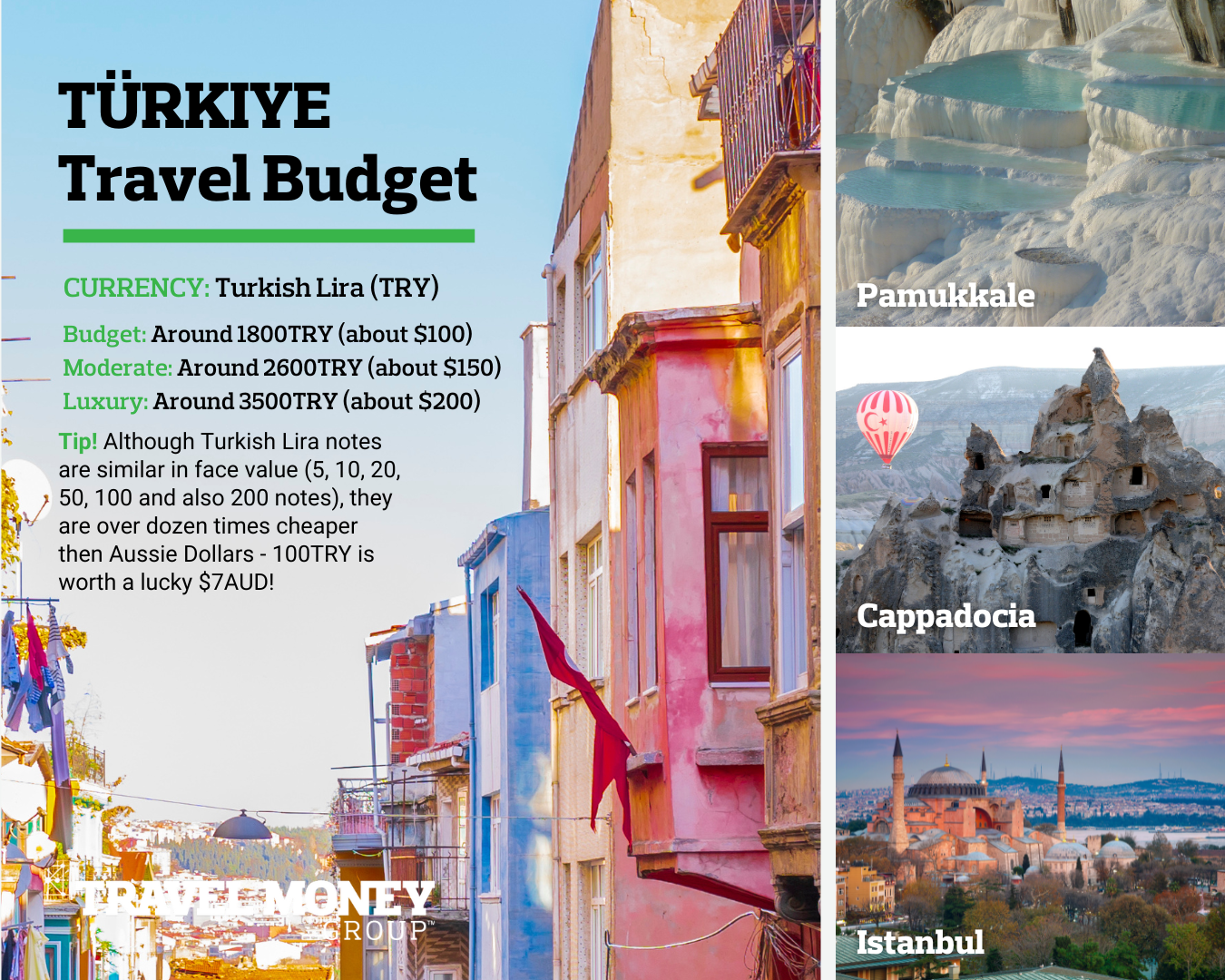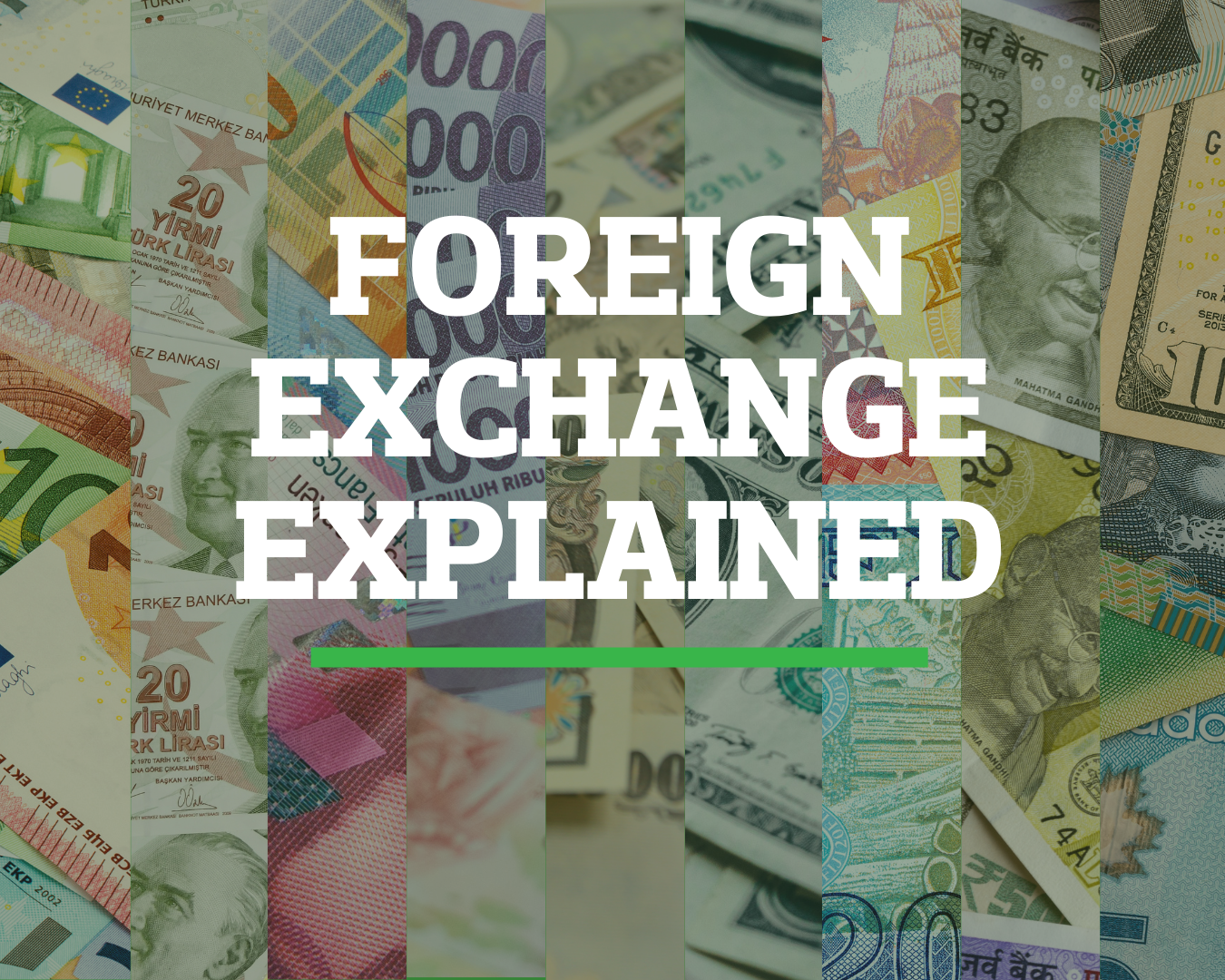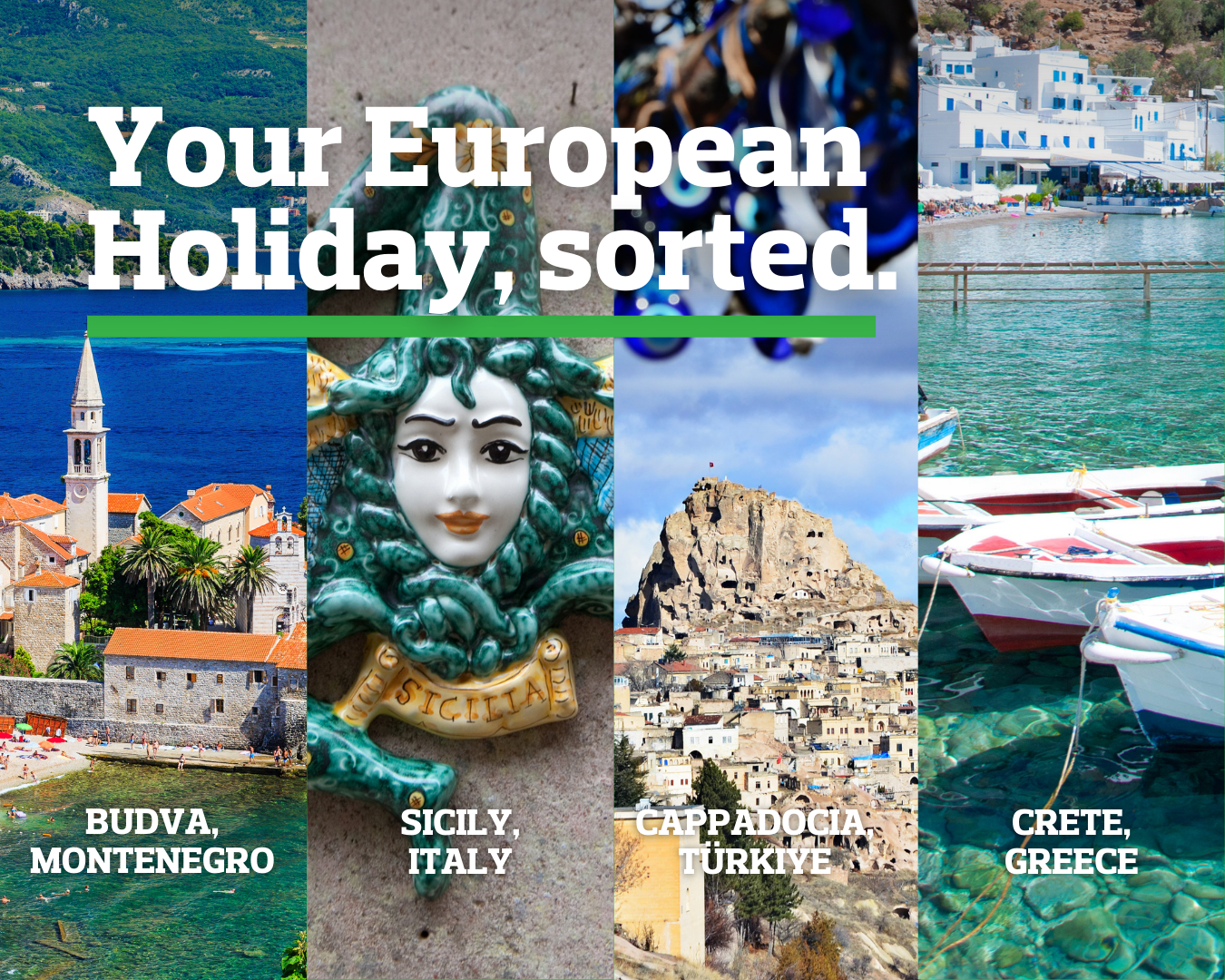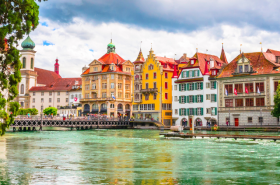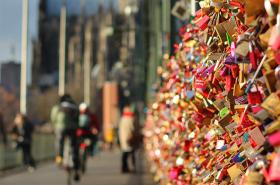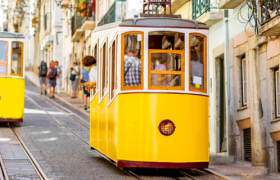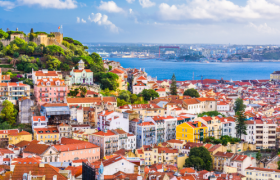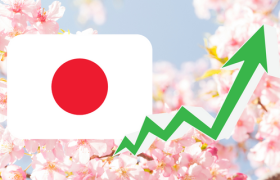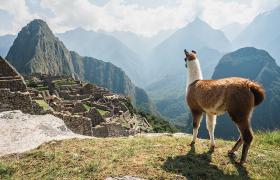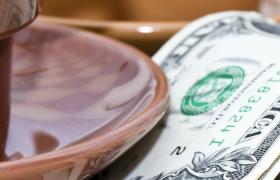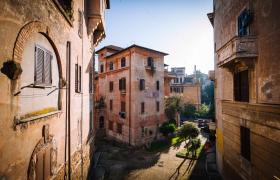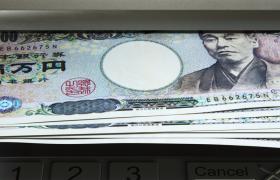Did you know Switzerland is home to four languages? The Swiss speak German, French, Italian, and Romansh, thanks to the neighbouring countries of Germany, France, and Italy! Making this picturesque alpine country a perfect addition to your European travels.
If you’re planning on a summer hike through alpine meadows and powder-blue water, or instead go skiing through the alps in winter, here’s the travel money you’ll need for Switzerland…
What currency do I need for Switzerland?
A frequently asked question we get is “can I use Euros in Switzerland?”
However, despite having Euro-using neighbours, the answer is no.
While yes some establishments may take the Euro, the exchange rate will likely be terrible and you’d be better off using the local currency.
Switzerland uses the Swiss Franc (CHF).
You’ll need to exchange AUD to Swiss Francs (CHF) for your trip to Switzerland!
Switzerland Daily Costs
Coffee: 4.80CHF (about $8 AUD) – for a regular cappuccino
Water: 3.85CHF (about $6.20 AUD) – for a standard water bottle
Beer: 7CHF(about $11.60 AUD) – for a pint in a pub
Food: 25CHF (about $41.45 AUD) – raclette or rosti in Zurich
Fine Dining: 100CHF (about $166 AUD) – three-course fondue in the alps
Local Transport: 3.50CHF (about $5.80 AUD) – taking tram trips in Geneva
Switzerland Daily Budget
Budget: Around 60CHF ($100 AUD) per day
EG: Free hostel brekky, 1x cheap meal, supermarket snacks, tram ticket.
Moderate: Around 120CHF ($200 AUD) per day
EG: 2x cheap meals, and a cruise in Lucerne.
Luxury: Around 200CHF ($330 AUD) per day.
EG: 1x restaurant meal, and a cable-car ride through Matterhorn Glacier Paradise
Cash or Card in Switzerland?
Switzerland is very card-friendly, but it’s also wise to have some cash on hand – from self-serve cheese kiosks on the roadside, to transport, to parking, to cafes, to even some toilets charging 1CHF to use the bathroom, having Swiss Francs in cash is a wise move.
Plus, while many historical and scenic sites are free to enter, sometimes they have around a 10CHF entry fee – so it’s good to have on hand.
ATMs are easy to find as well – however don’t withdraw frequently (or with your credit card) as you’ll be hit with some intense fees.
If you do want to use a card while travelling Switzerland, consider getting a Travel Money Oz Currency Pass prepaid travel card, and load in Australian Dollars (AUD). That way, you won't be double paying the exchange rate - just always select "Local Currency" when paying!
Tipping in Switzerland
There’s no obligation to tip in Switzerland as all service charges are included in published prices by law. However, rounding up is accepted – in this case leave it in cash on the table.
Safety in Switzerland
Switzerland is generally a pretty safe country to travel, but as always, exercise caution and be wary of pickpockets and keep your belongings close.
Switzerland Travel Money Tips
Switzerland can be on the pricier side for travellers, but here are some tips if you’re visiting Switzerland on a budget!
• Go veggie – meat is expensive in Switzerland, so opting for veggie meals helps save your wallet. Switzerland makes this easy with all the delicious cheese and chocolate!
• Look into the Swiss Travel Pass and city tourism cards – many cities have a city pass for discounted or free admission for museums and sightseeing, and sometimes even transport!
• The water in Switzerland is safe to drink (just look at the stunning glacial lakes!), so take a reusable water bottle and fill up.
Ready to head to Switzerland?
Exchange AUD to Swiss Franc (CHF) at Travel Money Oz today!
